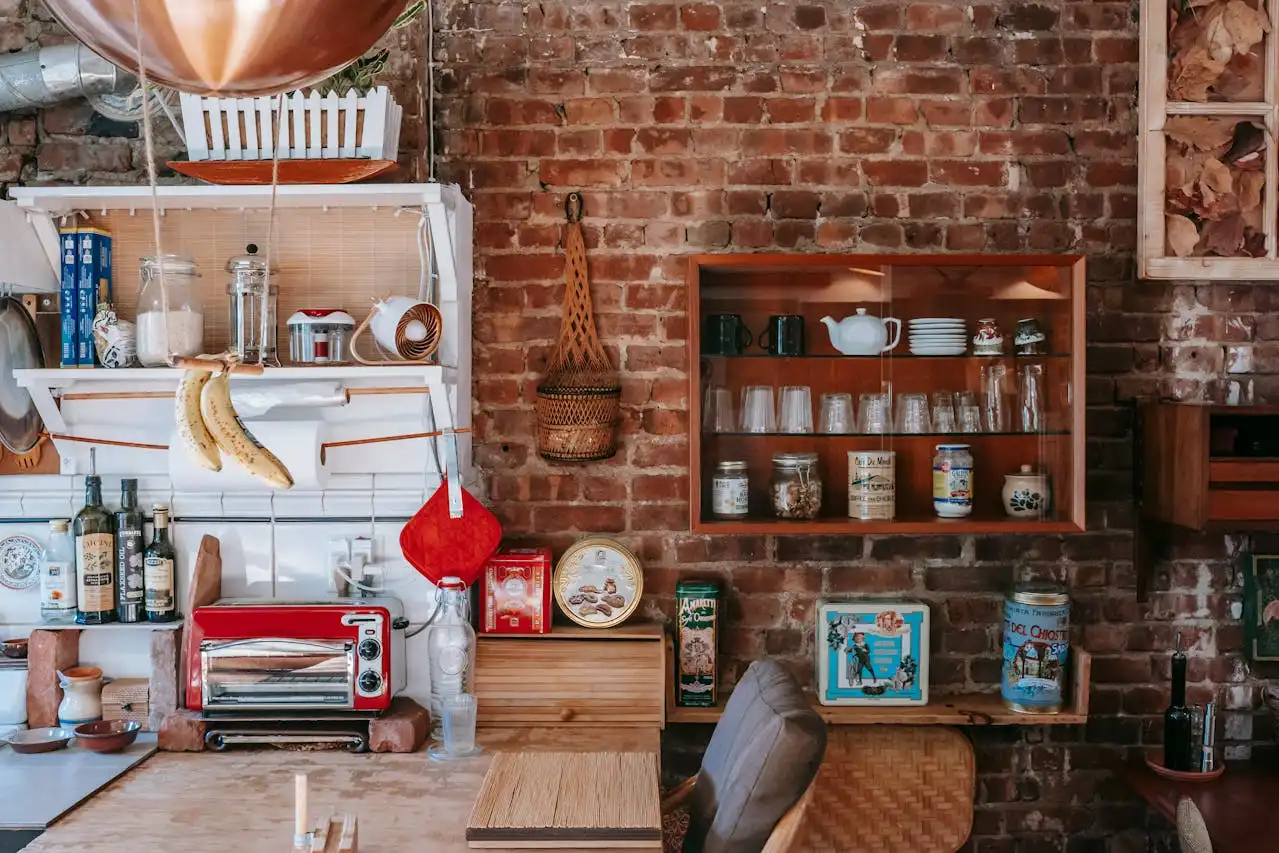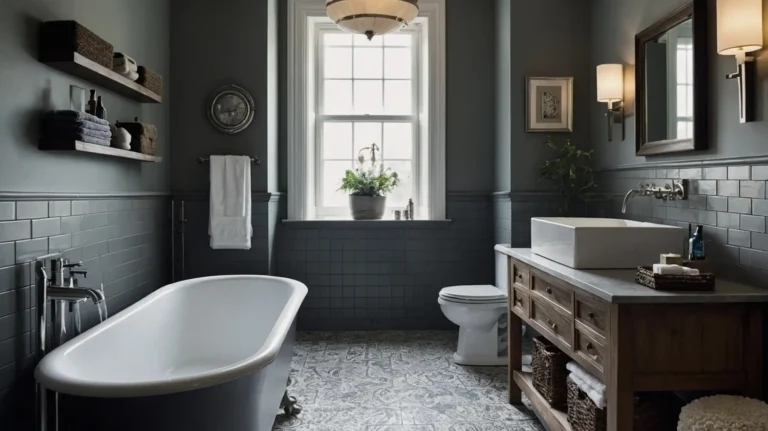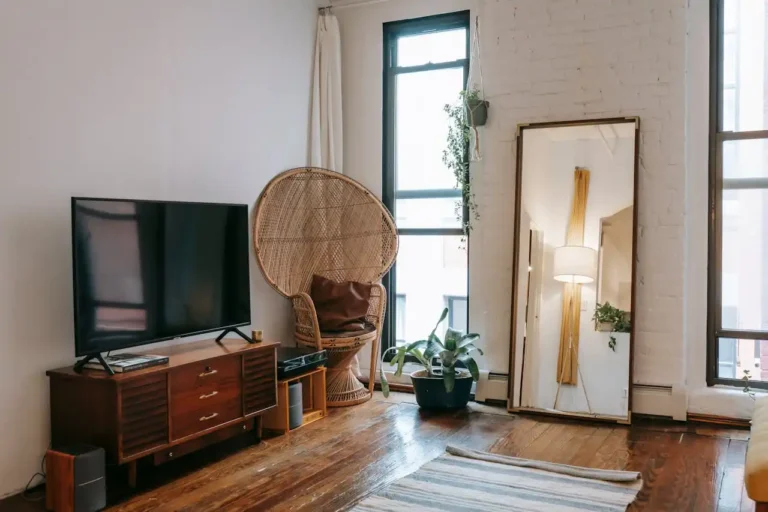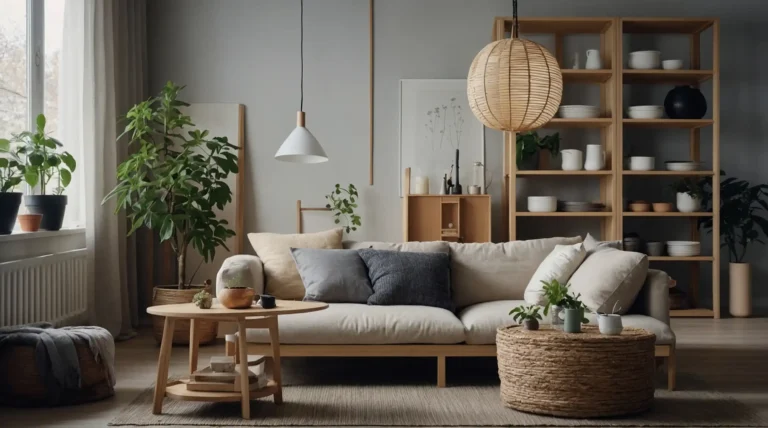Affordable Ways to Add Texture to Any Room
Texture transforms flat, boring rooms into dynamic spaces that invite touch and create visual interest. You don’t need expensive materials to achieve this sophisticated design element.
Simple additions can make your walls, furniture, and accessories come alive with depth and character.
The best part? Most texture-adding techniques cost very little but deliver maximum impact.
Ready to give your space that designer touch without the designer price tag? These budget-friendly methods will revolutionize how your rooms look and feel.
Layer Textiles for Instant Visual Depth
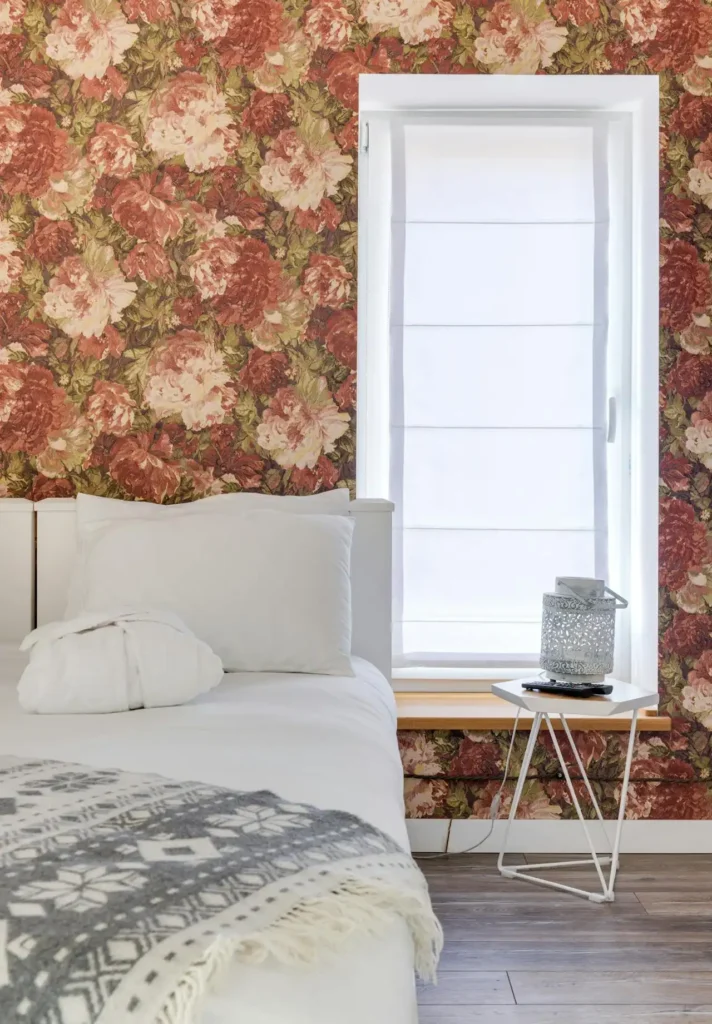
Throw pillows offer the easiest and most affordable way to introduce texture into any room.
Mix different fabrics like chunky knits, smooth velvet, and nubby linen to create compelling contrast.
You don’t need to buy expensive designer pillows. Discount stores and online retailers offer beautiful options that look far more expensive than their price tags suggest.
Change pillow covers seasonally to refresh your space without major investment. Store off-season covers in vacuum bags to save space and keep them fresh.
Throw blankets draped over sofas and chairs add both texture and functionality.
Choose materials that contrast with your furniture fabric – pair smooth leather with chunky cable knits or sleek microfiber with rough jute weaves.
Layer different sized pillows for professional styling. Start with larger solid-colored pillows in the back, then add smaller patterned or textured options in front for depth and visual interest.
Transform Walls with Creative Techniques
Removable wallpaper brings texture to walls without permanent commitment or landlord approval.
Choose designs that mimic natural materials like grasscloth, wood grain, or stone for sophisticated appeal.
Peel-and-stick options make installation simple enough for weekend DIY projects. Start with accent walls to test your skills before tackling entire rooms.
Paint techniques create textural interest using materials you probably already own.
Sponge painting, rag rolling, or dragging combs through wet paint produces unique surface textures.
Stenciling adds pattern and perceived texture to smooth walls. Create your own stencils from cardboard or purchase reusable plastic versions for consistent results across larger areas.
Wood planks or panels transform plain walls into rustic focal points. Reclaimed wood from renovation projects or pallets costs very little but adds significant character and warmth.
Incorporate Natural Elements Strategically
Woven baskets serve double duty as storage and textural elements. Group different sizes and weaving patterns together for interesting displays that organize your belongings.
Rope and jute accessories bring natural texture indoors affordably. Wrap vases, picture frames, or lamp bases with rope for instant coastal or farmhouse appeal.
Dried branches and twigs create free textural displays when arranged in tall vases. Collect interesting specimens during walks or ask tree services for pruned materials.
Stone and pebble accents add organic texture to tabletops and shelving. Fill glass bowls with smooth river rocks or use slate coasters to introduce natural elements.
Pinecones, shells, and other natural collectibles cost nothing but provide beautiful textural contrast when displayed in groups or incorporated into seasonal arrangements.
Master DIY Textile Projects
Macrame wall hangings bring bohemian texture to any space using inexpensive cotton rope or cord. YouTube tutorials teach basic knots that create stunning wall art in weekend sessions.
Weaving projects transform simple frames into textural masterpieces. Use yarn scraps, fabric strips, or natural materials like grass and twigs for unique, personalized artwork.
Braided rugs repurpose old t-shirts and fabric scraps into functional floor coverings. This traditional technique requires no special tools and creates soft, washable rugs.
Fringe details added to existing pillows, curtains, or throws instantly increase textural interest. Purchase fringe trim from craft stores and hand-sew it onto fabric edges.
Embroidery hoops showcase textural fabrics beautifully. Stretch interesting materials like burlap, lace, or textured cotton inside hoops and hang them as affordable wall art.
Play with Light and Shadow
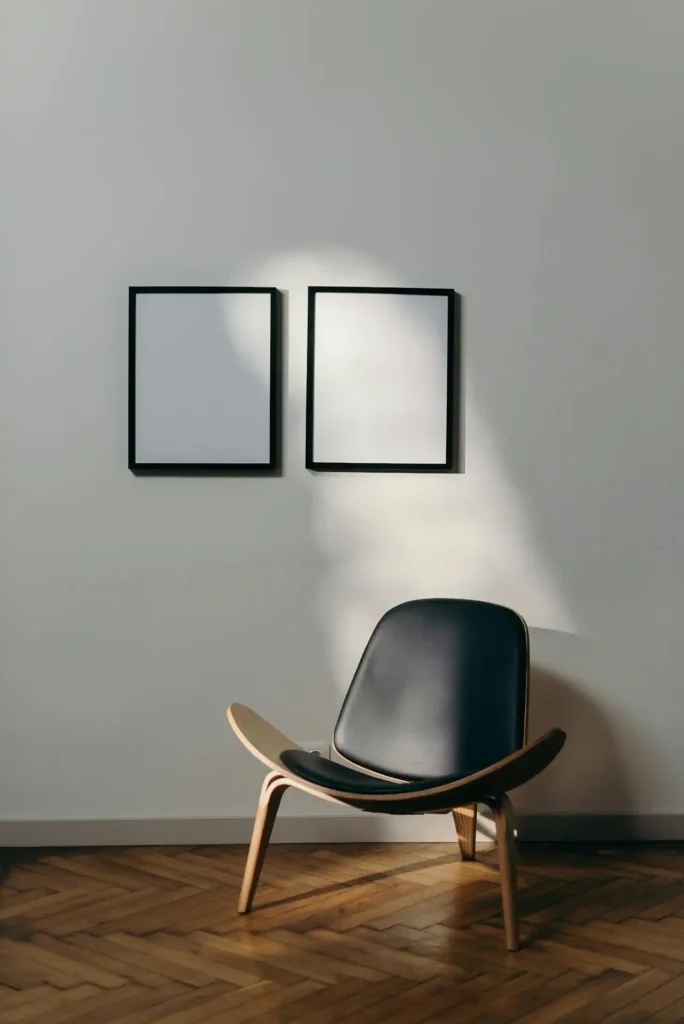
String lights create textural shadows when draped behind sheer curtains or geometric room dividers. The interplay of light and shadow adds depth without taking up space.
Lampshades made from textured materials cast interesting patterns on walls and ceilings. Replace plain shades with woven, perforated, or cutout designs for dramatic effects.
Candles in textured holders multiply their impact through reflected light. Group pillar candles of different heights in holders with various surface treatments.
Paper lanterns and origami shapes create soft, textural lighting elements. Make your own using patterned scrapbook paper or tissue paper for custom colors and designs.
Mirrors with textured frames reflect light while adding surface interest. Look for vintage options with ornate details or create your own using rope, shells, or mosaic tiles.
Repurpose and Upcycle Existing Items
Old sweaters transform into unique pillow covers when you remove sleeves and sew openings closed. This technique rescues damaged garments while adding cozy texture.
Vintage scarves make beautiful table runners or wall hangings when their patterns and textures complement your decor. Frame smaller scarves as affordable textile art.
Burlap coffee sacks create rustic table runners, pillow covers, or wall hangings. Many coffee shops discard these after use and will give them away for craft projects.
Fabric scraps sewn together create patchwork throws or pillow covers with incredible textural variety. Organize scraps by color family for cohesive results.
Wine corks glued to frames or trivets add natural texture and conversation value. Ask restaurants to save corks for your projects, or collect them gradually from home use.
Layer Rugs for Complex Floor Textures
Multiple rugs layered on top of each other create sophisticated floor treatments that look expensive but cost less than one large designer rug.
Start with a larger, neutral base rug, then layer smaller patterned or textured rugs on top. This technique works especially well in living rooms and bedrooms.
Mix different textures like smooth flat weaves under plush shag rugs, or place jute rugs beneath softer materials for interesting contrast.
Rotate seasonal rug layers to refresh your space throughout the year. Store off-season rugs rolled in cedar blocks to prevent damage and maintain freshness.
Vintage or distressed rugs add character when layered with newer pieces. Thrift stores and estate sales offer unique options at fraction of retail prices.
Add Unexpected Textural Materials
Corrugated cardboard painted and cut into geometric shapes creates modern wall art with interesting surface texture. Paint pieces before cutting for clean, finished edges.
Aluminum foil crumpled and smoothed creates metallic textural elements when applied to frames, vases, or accent pieces. Seal with clear coating for durability.
Sandpaper in fine grits adds subtle texture to painted surfaces when glued on before painting. This technique works well for creating industrial or modern aesthetics.
Fabric stiffener transforms lightweight materials like cheesecloth or gauze into sculptural elements that maintain their textural appearance while holding shape.
Coffee filters dyed and layered create delicate, papery textures perfect for wall installations or table decorations. Experiment with different dye techniques for varied effects.
Create Textural Groupings and Displays
Collect items with similar textures but different shapes to create cohesive displays. Group woven baskets of various sizes or display pottery pieces with similar glazes.
Height variation in textural displays creates more visual interest than flat arrangements. Use books, boxes, or pedestals to create different levels in your groupings.
Odd numbers work better than even numbers when arranging textural objects. Groups of three or five create more dynamic, pleasing compositions.
Negative space between textural elements allows each piece to shine while preventing cluttered appearances. Don’t feel obligated to fill every available surface.
Seasonal rotation keeps textural displays fresh and prevents visual fatigue. Store alternate pieces and swap them quarterly for constantly evolving room personalities.
Focus on High-Impact Areas
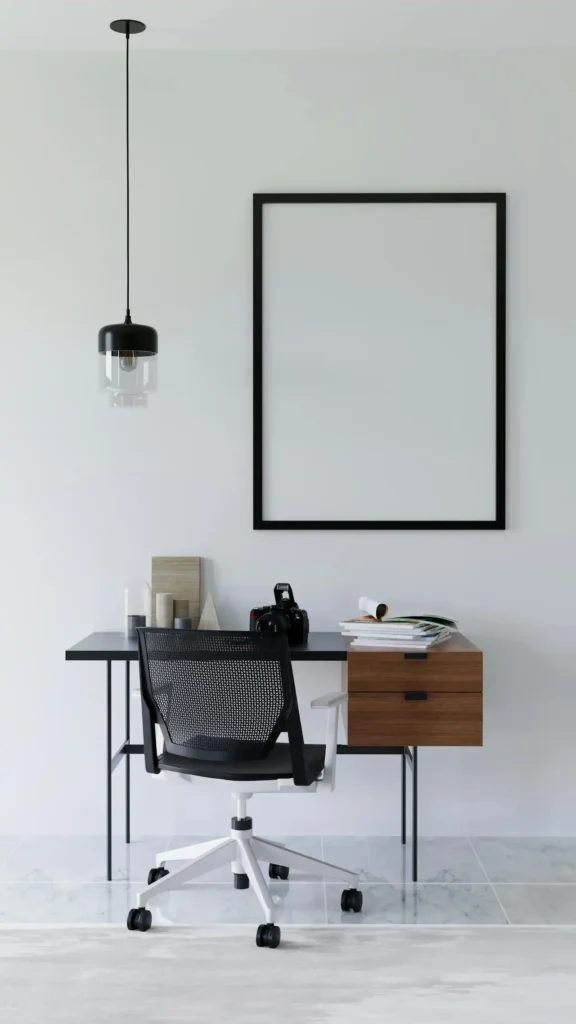
Entry tables and console surfaces offer prime real estate for textural displays that greet guests and set your home’s tone. Choose pieces that reflect your personal style.
Bedroom headboards benefit enormously from textural treatment. Hang woven wall art, install wood planks, or create fabric panels for dramatic focal points.
Kitchen backsplashes present opportunities for affordable textural upgrades. Peel-and-stick tiles with raised patterns or textured surfaces transform cooking spaces dramatically.
Bathroom vanity areas gain sophistication through textural accessories like woven tissue box covers, textured soap dispensers, or natural loofah and brush displays.
Reading nooks become cozier with layered textural elements like chunky throw pillows, soft blankets, and woven storage baskets for books and magazines.
Conclusion
Transform any room affordably by layering textures through fabrics, DIY projects, and creative repurposing that adds depth and visual interest.

